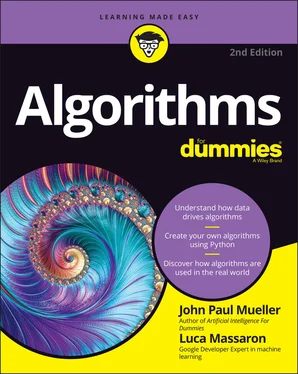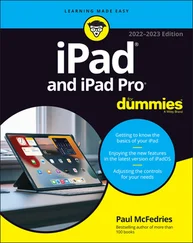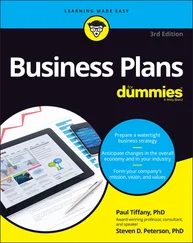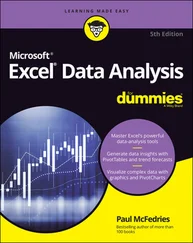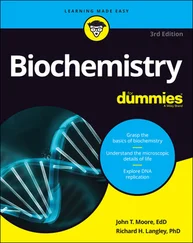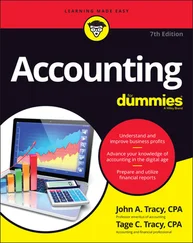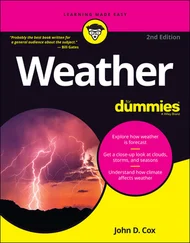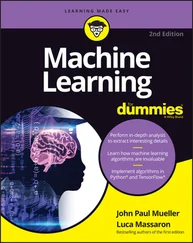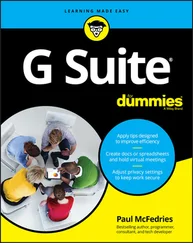John Paul Mueller - Algorithms For Dummies
Здесь есть возможность читать онлайн «John Paul Mueller - Algorithms For Dummies» — ознакомительный отрывок электронной книги совершенно бесплатно, а после прочтения отрывка купить полную версию. В некоторых случаях можно слушать аудио, скачать через торрент в формате fb2 и присутствует краткое содержание. Жанр: unrecognised, на английском языке. Описание произведения, (предисловие) а так же отзывы посетителей доступны на портале библиотеки ЛибКат.
- Название:Algorithms For Dummies
- Автор:
- Жанр:
- Год:неизвестен
- ISBN:нет данных
- Рейтинг книги:3 / 5. Голосов: 1
-
Избранное:Добавить в избранное
- Отзывы:
-
Ваша оценка:
- 60
- 1
- 2
- 3
- 4
- 5
Algorithms For Dummies: краткое содержание, описание и аннотация
Предлагаем к чтению аннотацию, описание, краткое содержание или предисловие (зависит от того, что написал сам автор книги «Algorithms For Dummies»). Если вы не нашли необходимую информацию о книге — напишите в комментариях, мы постараемся отыскать её.
Algorithms For Dummies,
Algorithms For Dummies
Algorithms For Dummies — читать онлайн ознакомительный отрывок
Ниже представлен текст книги, разбитый по страницам. Система сохранения места последней прочитанной страницы, позволяет с удобством читать онлайн бесплатно книгу «Algorithms For Dummies», без необходимости каждый раз заново искать на чём Вы остановились. Поставьте закладку, и сможете в любой момент перейти на страницу, на которой закончили чтение.
Интервал:
Закладка:
 Relying on computers to use algorithms to provide solutions
Relying on computers to use algorithms to provide solutions
 Determining how issues differ from solutions
Determining how issues differ from solutions
 Performing data manipulation so that you can find a solution
Performing data manipulation so that you can find a solution
If you’re in the majority of people, you’re likely confused as you open this book and begin your adventure with algorithms, because most texts never tell you what an algorithm is, much less why you’d want to use one. Hearing about algorithms is like being in school again with the teacher droning on; you’re falling asleep from lack of interest because algorithms don’t seem particularly useful to understand at the moment.
The first section of this chapter is dedicated to helping you understand precisely what the term algorithm means and why you benefit from knowing how to use algorithms. Far from being arcane, algorithms are actually used all over the place, and you have probably used or been helped by them for years without really knowing it. So, they’re stealth knowledge! In truth, algorithms are becoming the spine that supports and regulates what is important in an increasingly complex and technological society like ours.
The second section of this chapter discusses how you use computers to create solutions to problems using algorithms, how to distinguish between issues and solutions, and what you need to do to manipulate data to discover a solution. The goal is to help you differentiate between algorithms and other tasks that people confuse with algorithms. In short, you discover why you really want to know about algorithms, as well as how to apply them to data.
The third section of the chapter discusses algorithms in a real-world manner, that is, by viewing the terminologies used to understand algorithms and to present algorithms in a way that shows that the real world is often less than perfect. Understanding how to describe an algorithm in a realistic manner also helps to temper expectations to reflect the realities of what an algorithm can actually do.
The final section of the chapter discusses data. The algorithms you work with in this book require data input in a specific form, which sometimes means changing the data to match the algorithm’s requirements. Data manipulation doesn’t change the content of the data. Instead, it changes the presentation and form of the data so that an algorithm can help you see new patterns that weren’t apparent before (but were actually present in the data all along).
Describing Algorithms
Even though people have solved algorithms manually for thousands of years, doing so can consume huge amounts of time and require many numeric computations, depending on the complexity of the problem you want to solve. Algorithms are all about finding solutions, and the speedier and easier, the better. A huge gap exists between mathematical algorithms historically created by geniuses of their time, such as Euclid ( https://www.britannica.com/biography/Euclid-Greek-mathematician ), Sir Isaac Newton ( https://www.britannica.com/biography/Isaac-Newton ), or Carl Friedrich Gauss ( https://www.britannica.com/biography/Carl-Friedrich-Gauss ), and modern algorithms created in universities as well as private research and development laboratories. The main reason for this gap is the use of computers. Using computers to solve problems by employing the appropriate algorithm speeds up the task significantly. You may notice that more problem solutions appear quickly today, in part, because computer power is both cheap and constantly increasing.
When working with algorithms, you consider the inputs, desired outputs, and the process (a sequence of actions) used to obtain a desired output from a given input. However, you can get the terminology wrong and view algorithms in the wrong way because you haven’t really considered how they work in a real-world setting.
Sources of information about algorithms often present them in a way that proves confusing because they’re too sophisticated or even downright incorrect. Although you may find other definitions, this book uses the following definitions for terms that people often confuse with algorithms (but aren’t):
Equation: Numbers and symbols that, when taken as a whole, equate to a specific value. An equation always contains an equals sign so that you know that the numbers and symbols represent the specific value on the other side of the equals sign. Equations generally contain variable information presented as a symbol, but they’re not required to use variables.
Formula: A combination of numbers and symbols used to express information or ideas. Formulas normally present mathematical or logical concepts, such as defining the Greatest Common Divisor (GCD) of two integers (the video at https://www.khanacademy.org/math/cc-sixth-grade-math/cc-6th-factors-and-multiples/cc-6th-gcf/v/greatest-common-divisor tells how this works). Generally, they show the relationship between two or more variables.
Algorithm: A sequence of steps used to solve a problem. The sequence presents a unique method of addressing an issue by providing a particular solution. An algorithm need not represent mathematical or logical concepts, even though the presentations in this book often do fall into those categories because people most commonly use algorithms in this manner. In order for a process to represent an algorithm, it must be:Finite: The algorithm must eventually solve the problem. This book discusses problems with a known solution so that you can evaluate whether an algorithm solves the problem correctly.Well-defined: The series of steps must be precise and present steps that are understandable. Especially because computers are involved in algorithm use, the computer must be able to understand the steps to create a usable algorithm.Effective: An algorithm must solve all cases of the problem for which someone defined it. An algorithm should always solve the problem it has to solve. Even though you should anticipate some failures, the incidence of failure is rare and occurs only in situations that are acceptable for the intended algorithm use.
With these definitions in mind, the following sections help to clarify the precise nature of algorithms. The goal isn’t to provide a precise definition for algorithms, but rather to help you understand how algorithms fit into the grand scheme of things so that you can develop your own understanding of what algorithms are and why they’re so important.
The right way to make toast: Defining algorithm uses
An algorithm always presents a series of steps and doesn’t necessarily perform these steps to solve a math formula. The scope of algorithms is incredibly large. You can find algorithms that solve problems in science, medicine, finance, industrial production and supply, and communication. Algorithms provide support for all parts of a person’s daily life. Anytime a sequence of actions achieving something in our life is finite, well-defined, and effective, you can view it as an algorithm. For example, you can turn even something as trivial and simple as making toast into an algorithm. In fact, the making toast procedure often appears in computer science classes, as discussed at http://brianaspinall.com/now-thats-how-you-make-toast-using-computer-algorithms/ .
Unfortunately, the algorithm on the site is flawed. The instructor never removes the bread from the wrapper and never plugs the toaster in, so the result is damaged plain bread still in its wrapper stuffed into a nonfunctional toaster (see the discussion at http://blog.johnmuellerbooks.com/2013/03/04/procedures-in-technical-writing/ for details). Even so, the idea is the correct one, yet it requires some slight, but essential, adjustments to make the algorithm finite and effective.
Интервал:
Закладка:
Похожие книги на «Algorithms For Dummies»
Представляем Вашему вниманию похожие книги на «Algorithms For Dummies» списком для выбора. Мы отобрали схожую по названию и смыслу литературу в надежде предоставить читателям больше вариантов отыскать новые, интересные, ещё непрочитанные произведения.
Обсуждение, отзывы о книге «Algorithms For Dummies» и просто собственные мнения читателей. Оставьте ваши комментарии, напишите, что Вы думаете о произведении, его смысле или главных героях. Укажите что конкретно понравилось, а что нет, и почему Вы так считаете.
